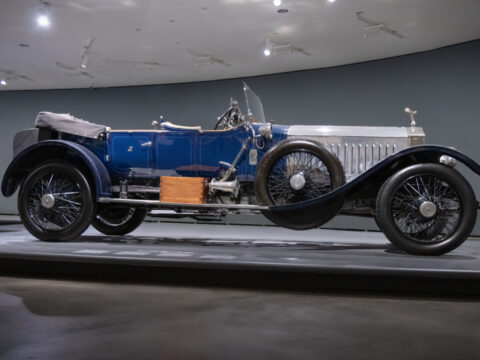Explore the world of car modifications that push the boundaries of legality while adding a touch of style and performance. From tinted windows that exude mystery to powerful bass stereo systems that elevate your music experience, these illegal car modifications may be tempting but come with a price. Discover the allure and risks of these enhancements that blur the line between cool and legal on the road.
Contents
Super dark tint
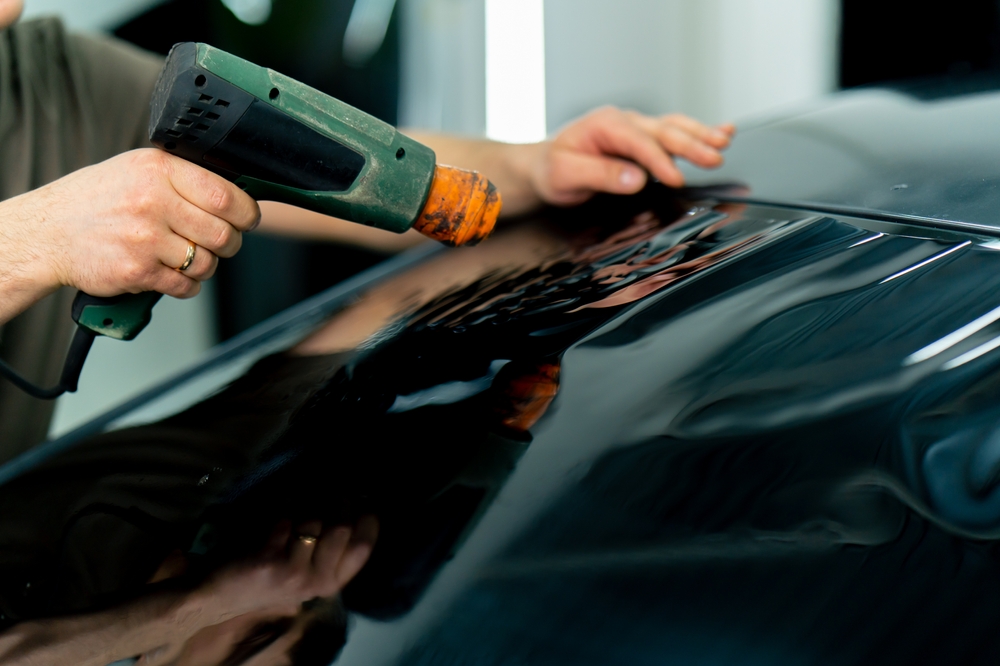
While tinted windows can offer privacy and reduce glare, excessively dark tint can severely impair visibility, especially at night or in low-light conditions. This poses a significant safety risk to both the driver and other motorists, increasing the likelihood of accidents. Additionally, many jurisdictions have strict laws regulating the darkness of window tints to ensure adequate visibility for road safety. Violating these tinting laws can result in hefty fines, vehicle inspections, or even the requirement to remove the tint altogether.
Altered suspension geometry

Altering a vehicle’s suspension geometry, such as changing suspension components, adjusting ride height, or modifying suspension angles, can impact its handling, stability, and safety on public roads. Improper suspension modifications can lead to issues such as uneven tire wear, reduced traction, and compromised braking performance, increasing the risk of accidents. Authorities may consider vehicles with altered suspension geometry as non-compliant with safety standards, resulting in fines, vehicle inspections, or orders to restore the suspension to its original specifications.
Loud exhaust
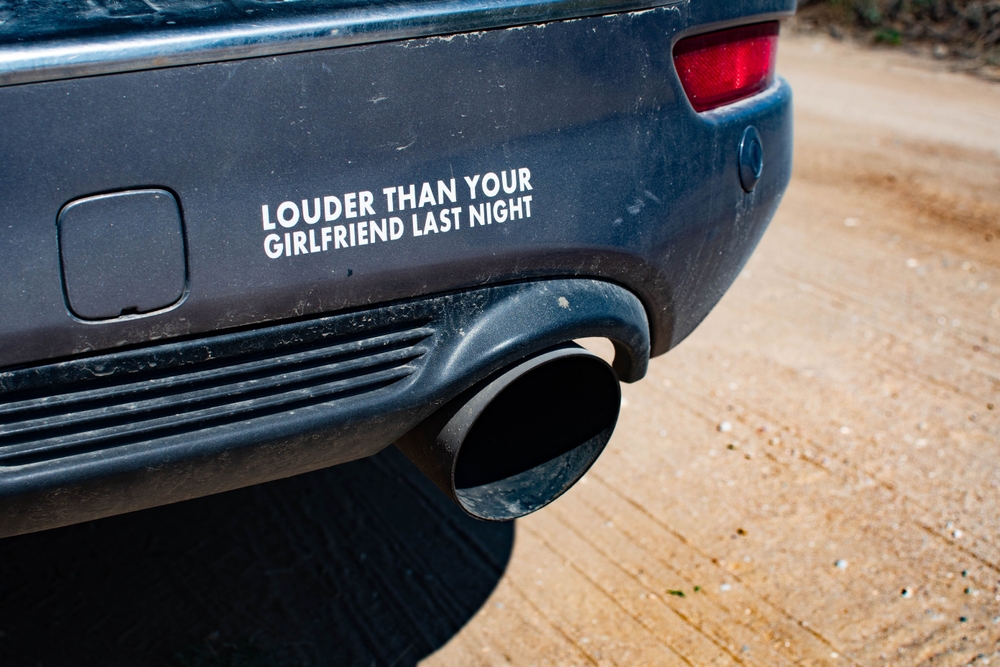
While a deep exhaust note can be appealing to car enthusiasts, excessively loud exhaust systems contribute to noise pollution and disturb the peace in residential areas. Most regions have strict regulations regarding permissible noise levels for vehicle exhausts to maintain a peaceful environment. Violating these noise pollution laws can lead to hefty fines, citations, and even orders to modify or replace the exhaust system to comply with legal standards.
Under body neon lights
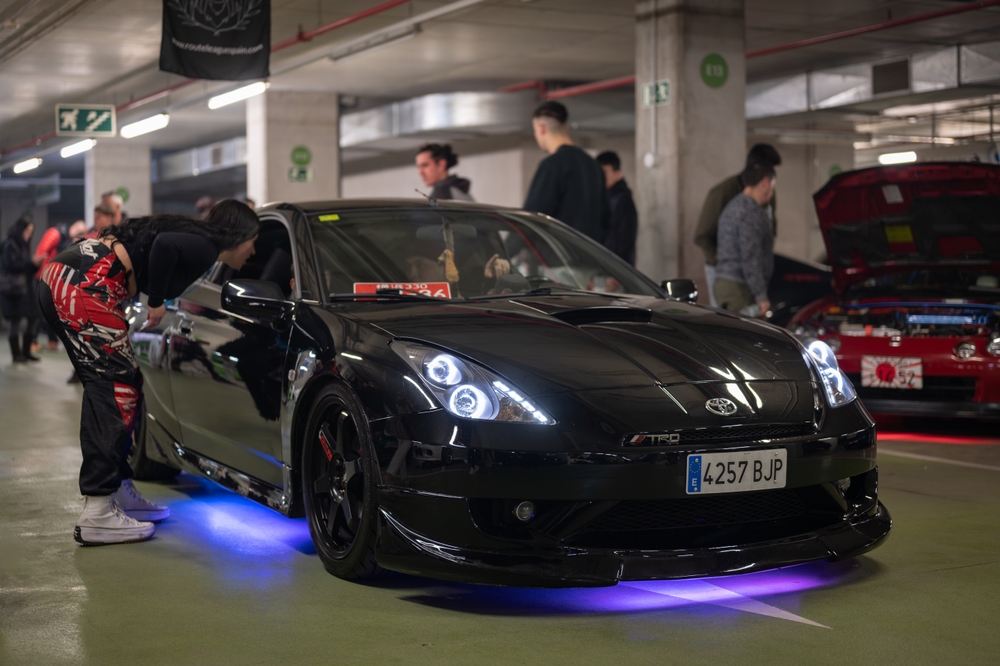
Neon lights installed under a vehicle can create an eye-catching visual effect, but they can also distract other drivers and compromise road safety. Many jurisdictions consider under-body neon lights as non-essential lighting accessories that can cause distractions and confusion among motorists. Therefore, using these lights while driving on public roads can result in fines, citations for improper vehicle lighting, and orders to remove or disable the neon lights.
Engine swaps

Swapping a vehicle’s engine with a different model or type can significantly alter its performance characteristics, emissions output, and compliance with safety standards. Without proper documentation, approval, and adherence to emissions regulations, engine swaps can lead to legal issues. Authorities may impose fines, require re-certification of the vehicle, or even deem it unfit for road use if the engine swap violates emissions or safety standards.
Red and blue flashing lights

Red and blue flashing lights are typically reserved for emergency vehicles such as police cars, ambulances, and fire trucks. Using these lights on private vehicles can constitute impersonation of law enforcement or emergency services, which is illegal and punishable by fines, license revocation, and potential criminal charges. Such unauthorized use can also cause confusion on the road and compromise public safety.
Powerful bass stereo system
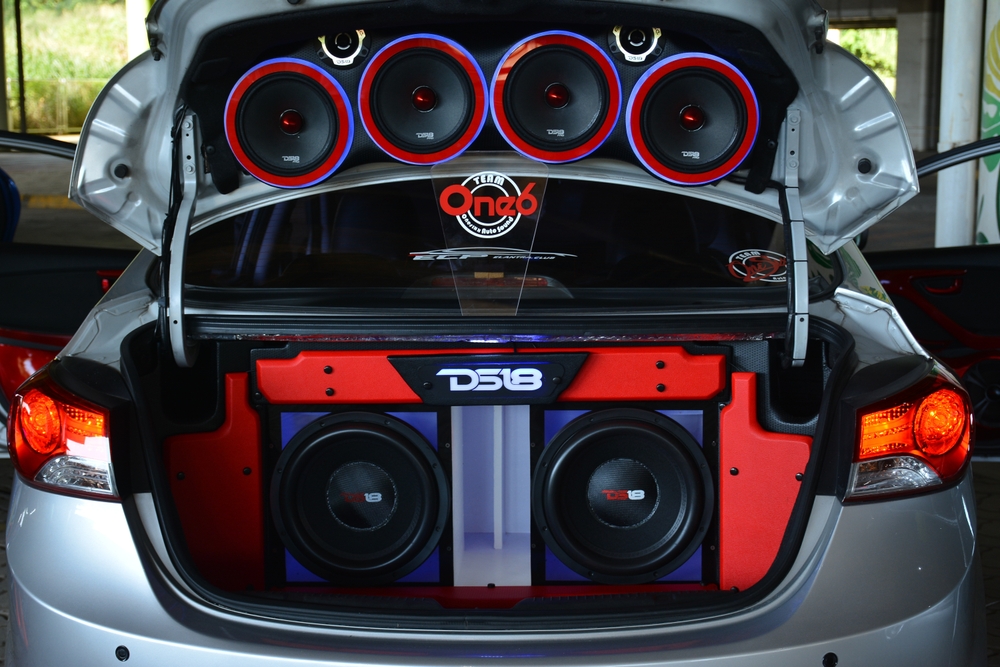
While a powerful bass stereo system can enhance the audio experience in a vehicle, excessively loud music can be a nuisance to others and violate noise ordinances. Many jurisdictions have specific regulations regarding permissible sound levels from vehicle stereo systems to prevent disturbances in residential areas and public spaces. Violating these noise regulations can lead to fines, citations, and orders to adjust or remove the stereo system to comply with legal standards.
Rolling coal
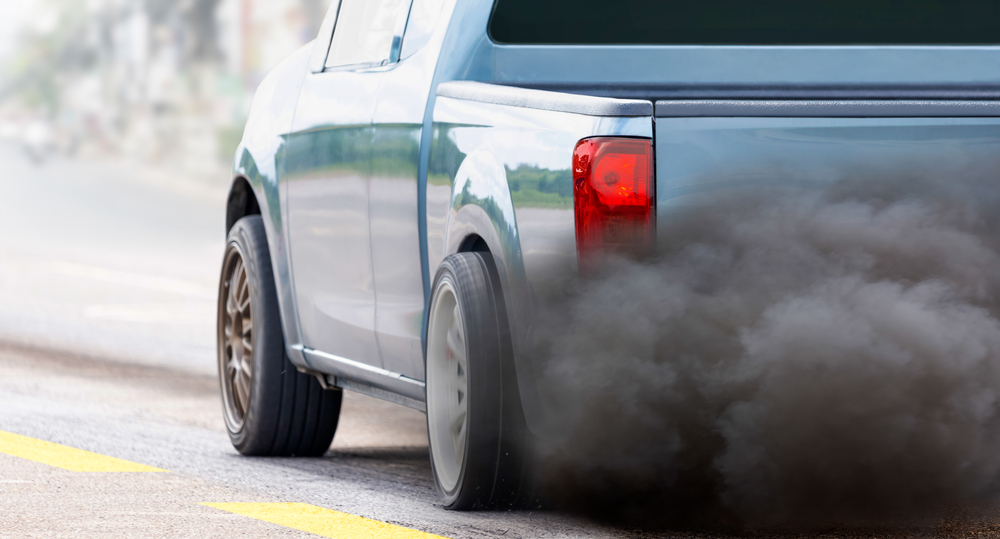
Rolling coal refers to modifying diesel vehicles to emit large clouds of black smoke as a form of display or protest. Apart from being environmentally harmful due to increased emissions of particulate matter and pollutants, rolling coal violates clean air regulations and emissions standards. Authorities can issue fines, citations, or penalties for operating vehicles that have been intentionally modified to emit excessive smoke, contributing to air pollution and public health concerns.
Laser jammers

Laser jammers are devices designed to interfere with police laser speed guns, preventing accurate speed measurements of a vehicle. Using laser jammers to avoid speed detection is illegal in many jurisdictions and can result in severe penalties. Law enforcement agencies consider laser jammers as devices intended to thwart traffic law enforcement, leading to fines, confiscation of the device, and potential legal consequences for attempting to evade speed enforcement measures.
Overly-bright headlights
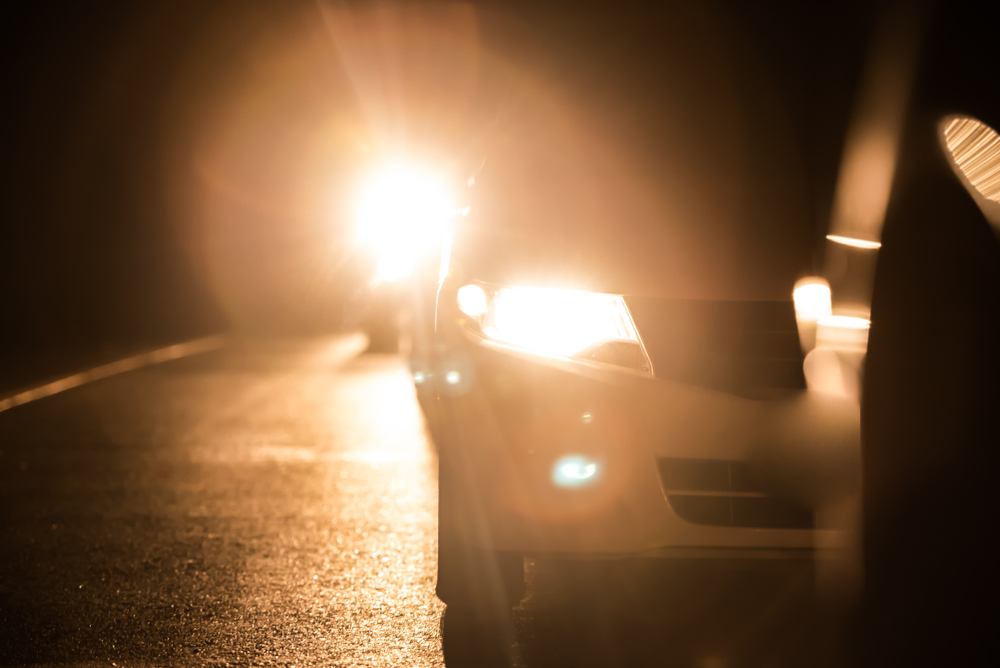
While brighter headlights can improve visibility for the driver, excessively bright or improperly aimed headlights can blind oncoming traffic and create hazardous conditions on the road. Most regions have regulations specifying the maximum allowable brightness and proper aiming of vehicle headlights to prevent glare and ensure safe driving conditions. Violating these headlight regulations can result in fines, citations for improper vehicle equipment, and orders to adjust or replace the headlights to meet legal standards.
Hydraulic suspension kits

Hydraulic suspension kits allow drivers to adjust the height of their vehicles, often lowering them for aesthetic purposes or raising them for off-road capabilities. However, altering a vehicle’s height beyond legal limits can compromise its stability, handling, and safety on public roads. Many jurisdictions have specific regulations governing vehicle heights to ensure safe operation and prevent hazards such as bottoming out or rollovers. Installing hydraulic suspension kits that exceed legal height limits can result in fines, vehicle inspections, or orders to restore the vehicle to compliance with height regulations.
Nitrous oxide systems
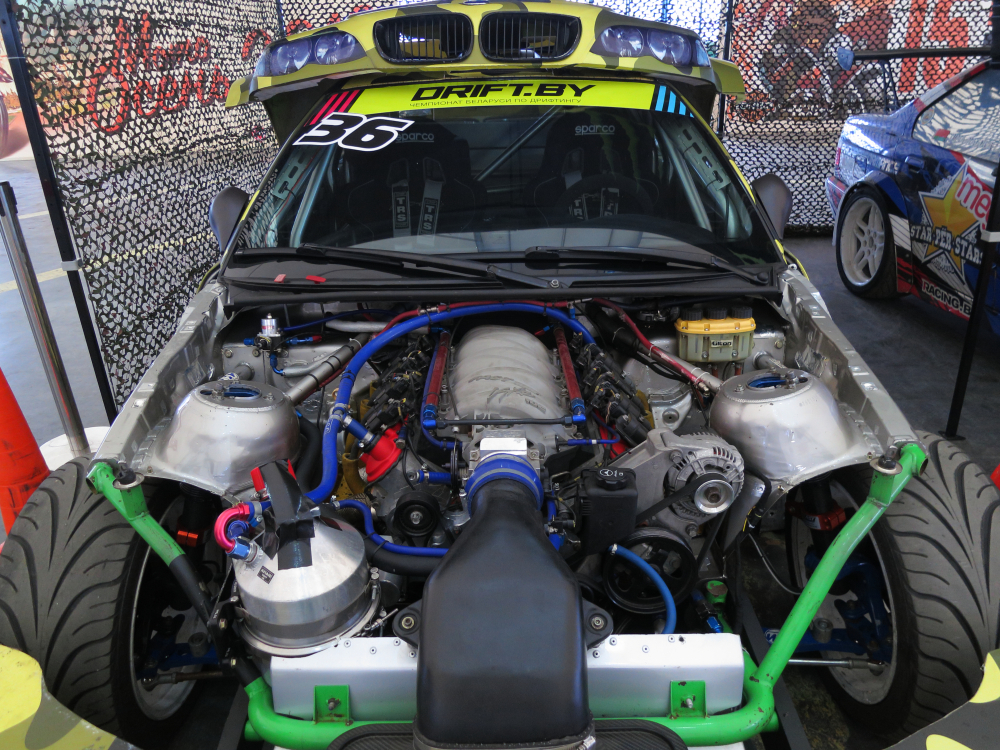
Nitrous oxide (NOS) systems are aftermarket modifications that inject nitrous oxide gas into an engine’s combustion chamber to increase power output temporarily. While popular among racing enthusiasts, using nitrous oxide systems on public roads is often illegal due to safety concerns and potential misuse. Nitrous oxide can significantly alter engine performance and emissions, leading to violations of vehicle safety and environmental regulations. Drivers caught using NOS systems on public roads can face fines, vehicle impoundment, or legal charges for operating vehicles with unauthorized modifications.
Spiked lug nuts

Spiked lug nuts are decorative accessories that replace standard lug nuts on a vehicle’s wheels. While they may enhance the appearance of a vehicle, spiked lug nuts can pose safety hazards by damaging roads, puncturing tires, or causing accidents. Many jurisdictions prohibit the use of spiked lug nuts on public roads to prevent road damage and ensure road safety. Using spiked lug nuts that violate these regulations can result in fines, citations for improper vehicle equipment, and orders to remove the spiked lug nuts to comply with legal standards.
Modified exhaust emissions systems
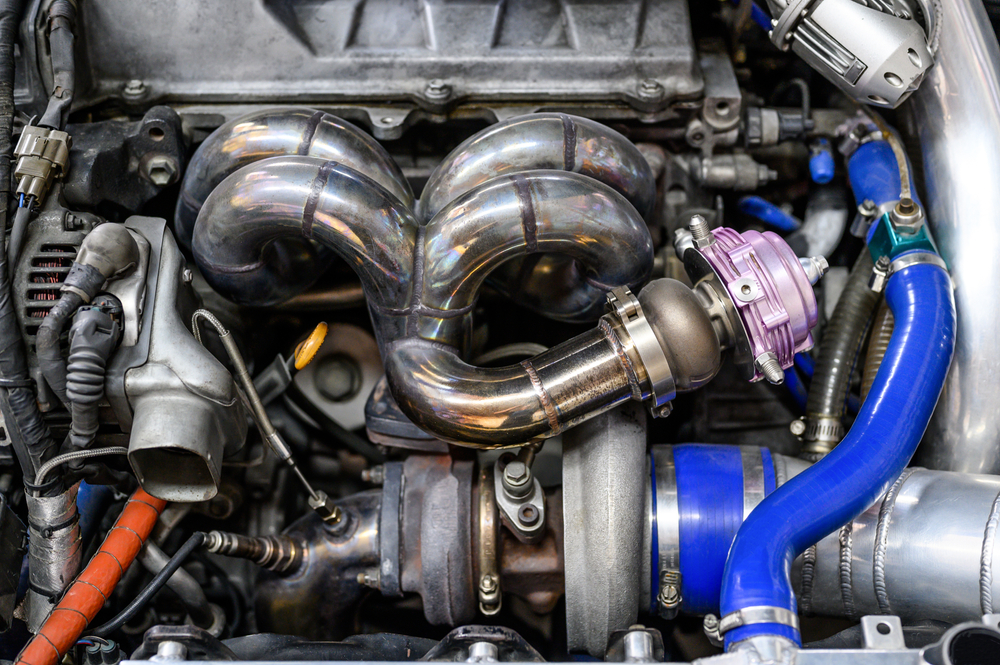
Modifying a vehicle’s exhaust emissions system, such as removing catalytic converters or installing bypass devices, can significantly alter its emissions output and compliance with environmental regulations. Many regions have strict emissions standards for vehicles to reduce air pollution and protect public health. Modifying exhaust emissions systems in a way that violates these standards can result in fines, vehicle inspections, or legal consequences for operating vehicles with unauthorized emissions modifications.
Non-approved light bars

Aftermarket light bars are popular accessories for off-road vehicles and trucks, providing additional illumination for night driving or off-road adventures. However, using non-approved light bars that exceed legal brightness limits or are improperly installed can create glare, blind other drivers, and violate vehicle equipment regulations. Many jurisdictions have specific requirements for the installation and operation of light bars on public roads to prevent safety hazards and ensure visibility without causing distractions or accidents. Using non-approved light bars can lead to fines, citations, or orders to remove or adjust the light bars to comply with legal standards.
This article originally appeared on MyCarMakesNoise.
More from MyCarMakesNoise
10 Benefits of Driving Hybrids Over Conventional Cars
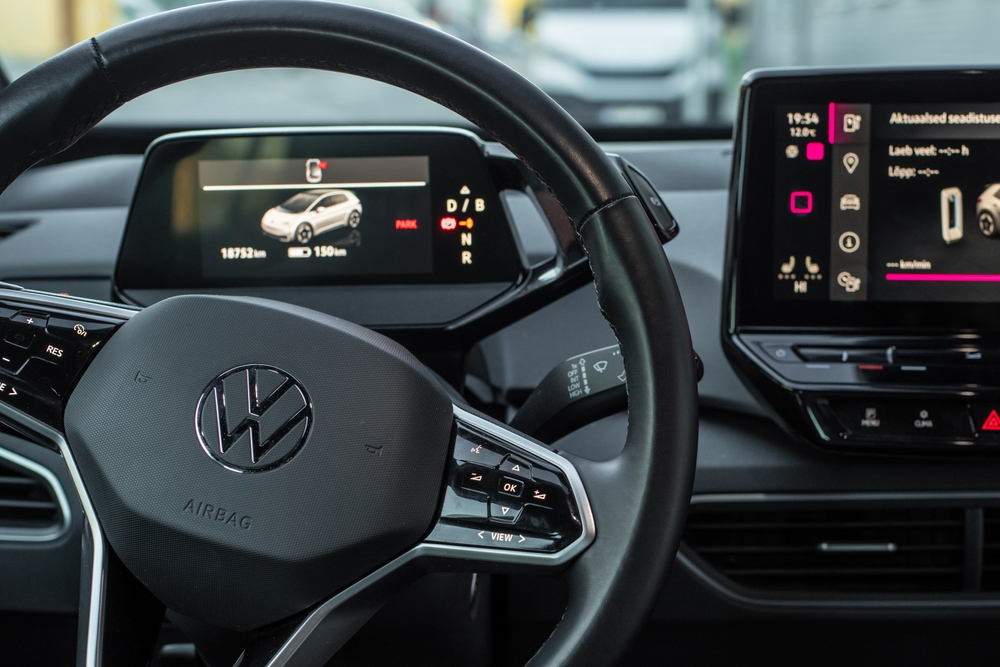
As the tides turn against conventional gasoline engines, the allure of hybrids goes beyond just being eco-friendly. Read More.
10 Must-Have Motorcycle Accessories for Comfort and Protection
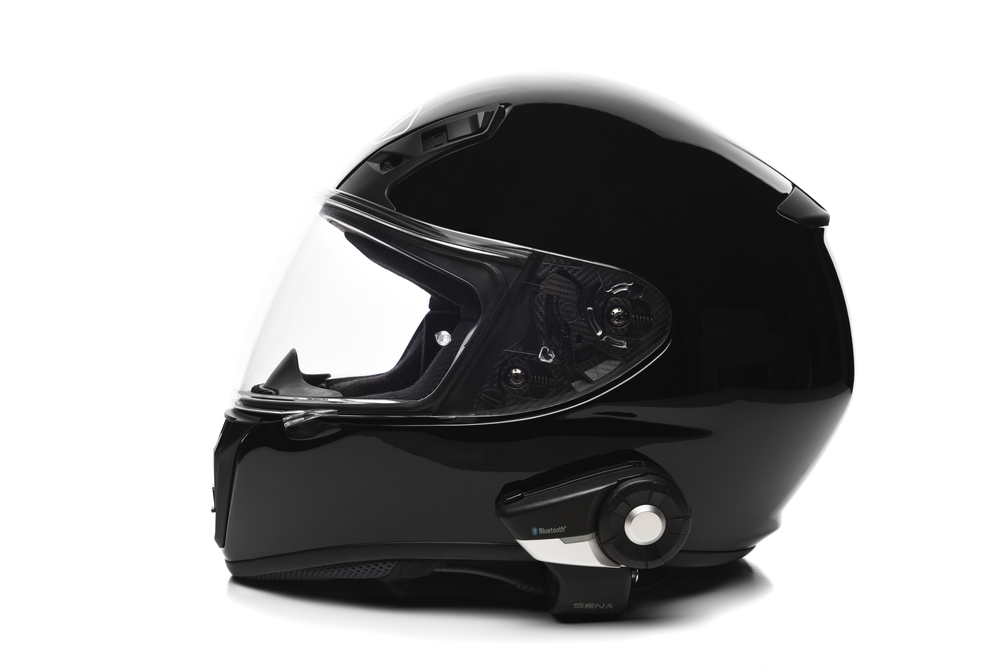
This article delves into those often overlooked essentials that not only elevate the riding experience but also ensure safety and convenience at every twist and turn. Read More.
The 14 Most Fuel-Saving Motorcycles
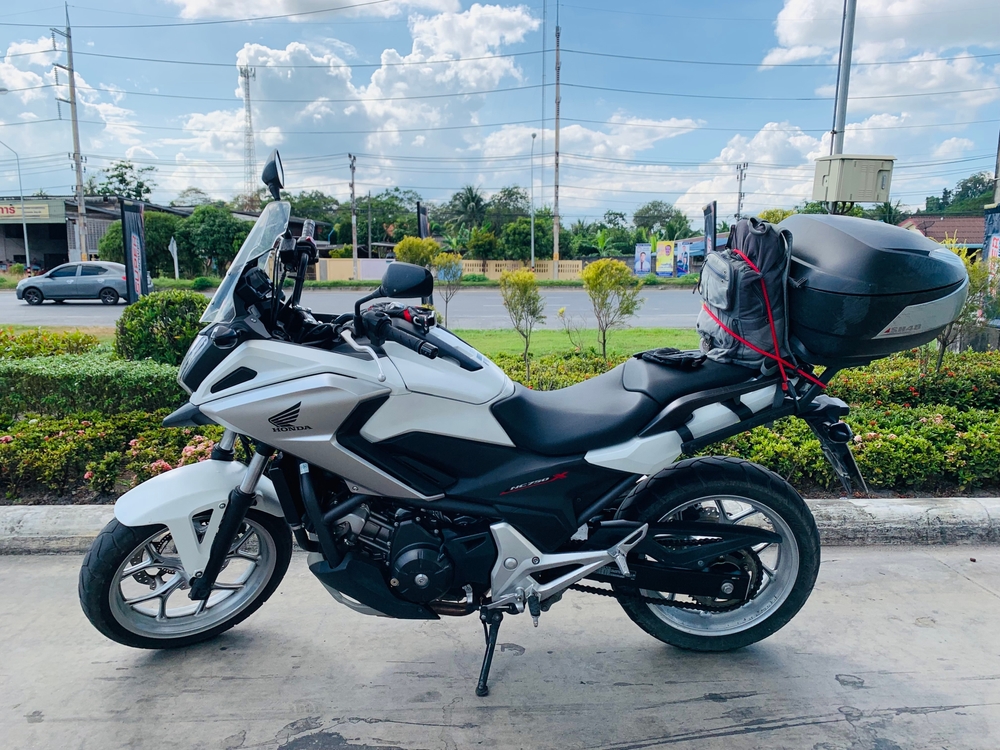
As urban landscapes continue to expand and roads become increasingly congested, the need for practical and sustainable transportation solutions is more pressing than ever. Enter the realm of fuel-efficient motorcycles, a blend of innovation, performance, and economy that answers the daily commute dilemma. Read More.



